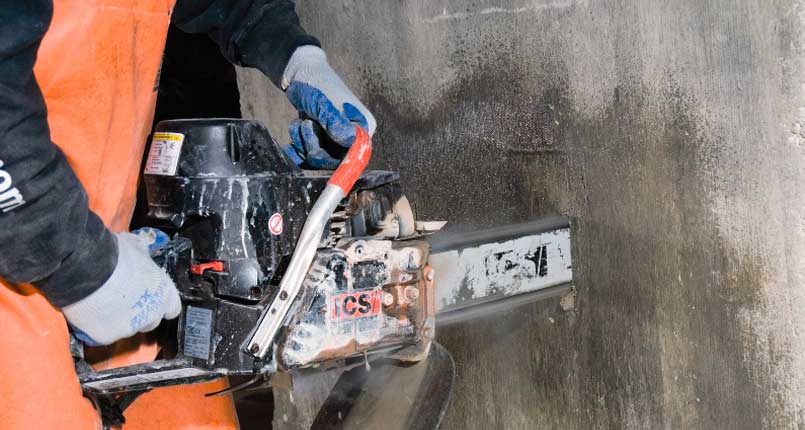

396 Washington St
Westwood, MA 02090
(781) 329-2888


Concrete Sawing
Just as in the leaded glass designs of a stained window, bands of lead holding together the glass units form the pattern,: so here the cement remaining visible around the circumference of each piece presents the outline of the picture.
Thus you have a picture, drawn in outlines of cement with clay colors set between the latter. From my point of view the complained-of gray of the cement By scrubbing carefully selected concrete precast basement stairs aggregates beautiful tones are given to the walls. As these are natural colors they fit well with concrete precast basement stairs surfaces is no misfortune, but a favor. In its neutral color it tones with any hue. There are several methods by which these clays can be inserted in the concrete precast basement stairs.
They can be poured in cement in sections at the pottery, and the slabs transported, and placed in spaces left in the concrete precast basement stairs as a whole. They can also be laid with their faces against the form and the concrete precast basement stairs placed directly back of them. If this is done, a piece of felt should be placed between the form and the face of the mosaic in order to prevent the smaller particles of grout from running on to the face of the mosaic and staining it.
They can be set piece by piece in the wall after removal of the form, in which case hollows should be cast for their reception. In providing space into which to set tiles, nail 1-inch boards, cut to the design on the inside of the concrete forms, before the concrete precast basement stairs are put in. Concrete precast basement stairs surface as it appears when concrete forms are removed. Under the bay window a panel is formed in the concrete precast basement stairs in which the colored clay tiles are inserted into place. The boards should be nailed lightly, so that the concrete forms can be removed without pulling them from the concrete precast basement stairs. When the concrete forms for the concrete precast basement stairs walls are removed, these pieces of board will remain in the wall, and should be left in until whatever surface finish is desired for the remainder of the wall has been completed.
The 4 Kinds of Concrete Sawing Equipment
They are then removed, thus leaving recesses 1 inch deep, conforming to the design and the tiles are placed in these recesses, being cemented in with a mortar, varying in color to conform with the design. Panels of any size may be made in this way. Tiles can be cast direct into a pavement or ceiling. In the latter instance lay the pieces face down on the mold. Then, when the concrete precast basement stairs are poured over the clay pictures, they became an integral part of the building itself. The original idea of monolithic concrete precast basement stairs surface finish was a very smooth effect in the nature of a concrete precast basement stairs sidewalk.
This was accomplished by toweling, but was found to be poor from an artistic standpoint, and also the over-toweling of the surface (very likely to occur) caused the same to crack. By the use of a carbide stone the same effect may be produced and the surface will not crack.